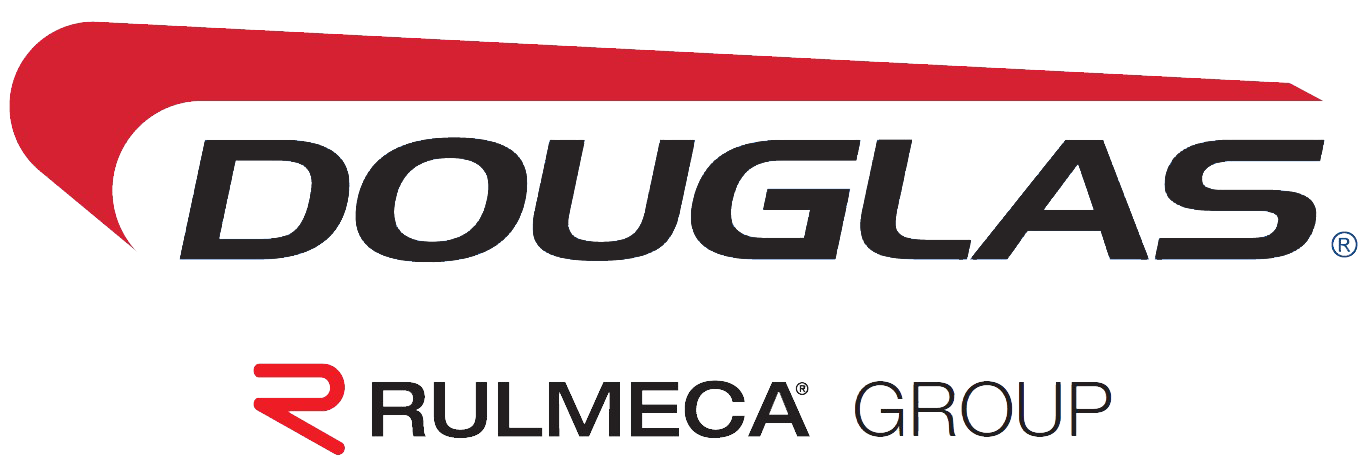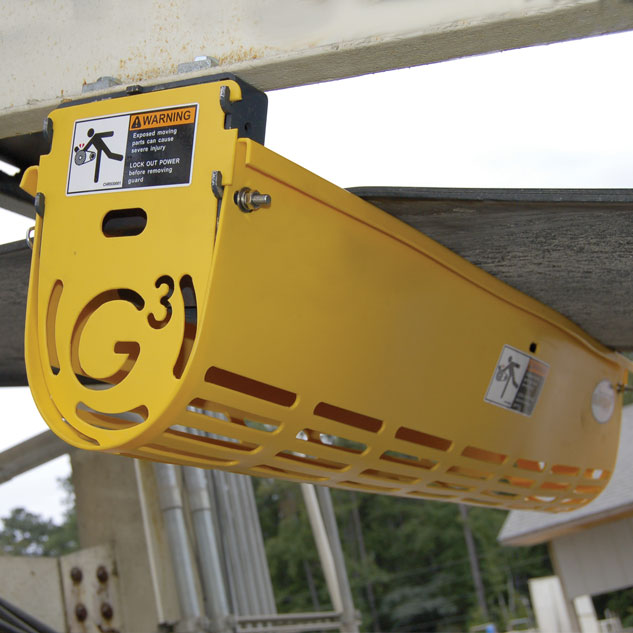The requirement for pinch-point guarding for return rolls has been around for a while, but MSHA didn’t widely enforce it until about 2010. An unexpected and sudden enforcement resulted in a rash of citations and fines, causing mine operators to scramble to comply.
MSHA Return-Roll Guarding Requirement
These requirements are in place to protect those working around return rolls. The code standards include the following:
- 56.14110 — Flying or Falling Material
- 56.14112 — Guard Construction
- 56.14107 — Moving Machine Parts
- 75.1722 — Mechanical Equipment Guards
- 77.400 — Mechanical Equipment Guards
These codes cover things like protection from falling objects, personnel protecting from moving parts, ensuring the guard is constructed for its intended use, and securing the guard when in use.
MSHA’s Guide To Equipment Guarding
The MSHA’s Guide to Equipment Guarding states that an effective machine guard must:
- Be considered a permanent part of the machine or equipment.
- Be installed as close to the machine part as feasibly possible.
- Prevent access to all moving machine parts.
- Be designed for the specific job and specific machine.
- Be designed and fabricated, to the extent practical, to such dimensions and weights that one person is able to physically install and remove the individual guard components.
- Be constructed and maintained to withstand vibration and shock during normal operation.
- Not present a hazard in itself.
In many situations, personnel or tools could come in contact with idlers. Return rolls must be guarded against this potential contact, and it must be assumed that without the guard, contact will happen.
Conveyor “Pinch Points”
A pinch point is where two moving parts meet. MSHA return-roll guarding eliminates accidental contact with this hazard between a rotating roll and a return belt.
Proper Return-Roll Guards
The purpose of a return-roll guard is to help prevent injuries. Properly designed guards provide peace of mind to those working around the area and can help to alert them to hazards that may exist near the return-roll. The design must be simple to install and allow the roll to be inspected and maintained easily.
The Guardian® Premium Return-Roll Guard
The Guardian® Premium Return-Roll Guard provides leading-edge and pinch-point protection. It is designed to totally cover the roll in front, back, and sides. It will also catch the return roll if it comes loose from the drop brackets. It is easy to install and still provides access for maintenance. Guardian® design features include:
- A 180-degree cage provides complete pinch-point protection and catches the roll if it breaks away from the brackets.
- Slots that promote self-cleaning in the bottom and help resist material buildup inside the guard.
- UV-inhibited plastic, which will not corrode. It will resist degradation from sunlight, resist impact damage, and resist premature wear from abrasion, and it will not damage the belt on contact.
- An integrated side shield totally encapsulates the roll that snaps into place easily and securely.
- A slotted-steel, heavy-gauge mounting bracket that retrofits to most return rolls without the need to remove the drop brackets.
- Compatibility with the widest possible variety of return rolls and the ability to retrofit to most CEMA return-idler bolt patterns.
Meeting MSHA Requirements With Douglas Manufacturing
We are ready to help you meet these MSHA requirements with return-roll guards and more. Learn more online and view additional products from pulleys and idlers to impact beds and more.
Contact us today to order your return-roll guard, made in the U.S.A.

